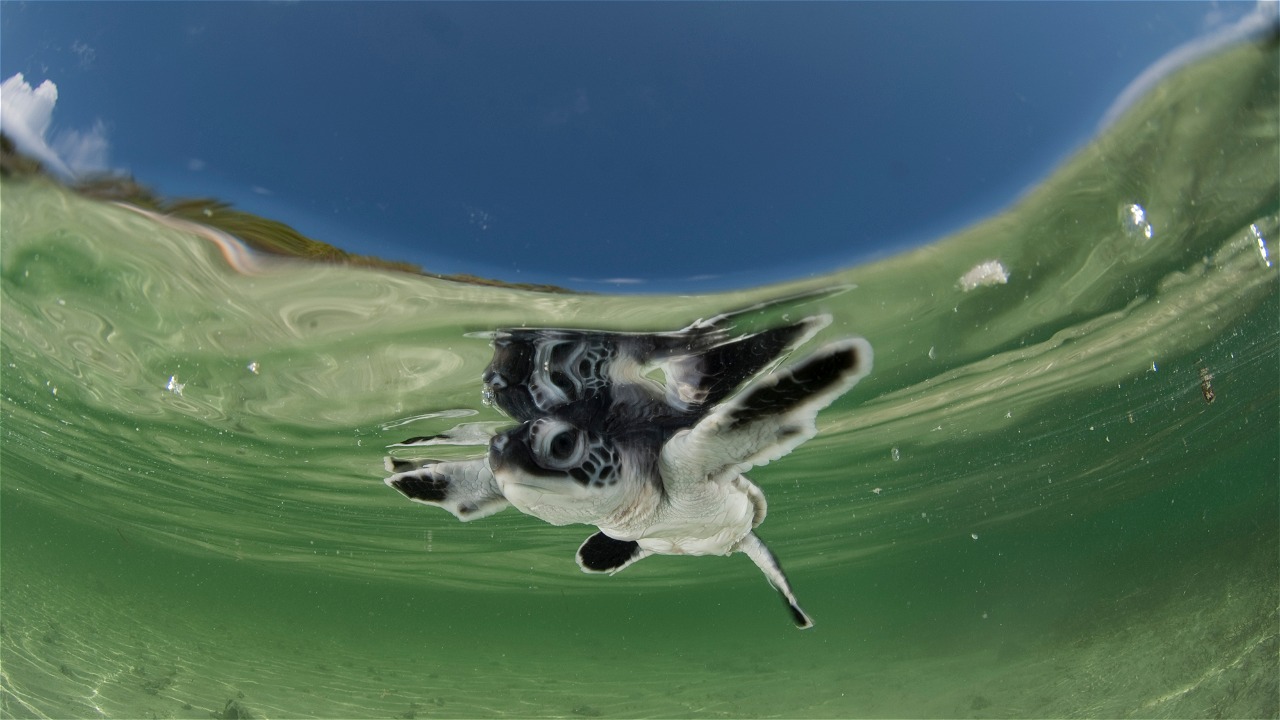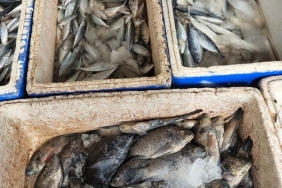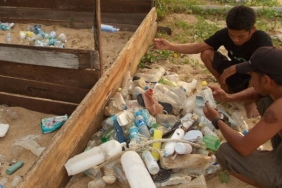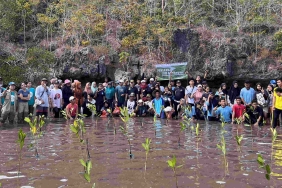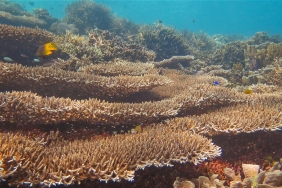CONTROLLING SEA TURTLE PREDATORS ON JEEN SYUAB BEACH FOR THE PRESERVATION OF THE OCEAN TRAVELER
By: Hadi Ferdinandus (Technical Leatherback Conservation Management Coordinator, WWF-Indonesia Papua Program)
Jeen Syuab Beach (formerly Warmon Beach) is one of two turtle nesting beaches within the Jeen Womom Coastal Park (TP) in Abun District, Tambrauw Regency, West Papua. Leatherback turtle nesting activities on this beach take place throughout the year with a peak in December-January. The leatherback turtle population in Jeen Womom beach, based on research results, has experienced a large decline over the past 27 years, reaching 78.3% (Tapilatu et al 2013). From this problem, WWF-Indonesia feels the need to conduct turtle monitoring and predator control as an effort to protect turtles.
In Jeen Syuab Beach, there are several types of animals that naturally prey (predators) on turtles and their eggs, including wild boars, dogs (domestic and wild), monitor lizards (Varanus), eagles, crabs, and estuarine crocodiles. Monitor lizards and dogs have an excellent sense of smell, able to detect the presence of Olive Ridley turtle eggs at nest depths of 30-40 cm. They can even detect the presence of leatherback turtle eggs with nest depths between ± 80-100 cm. Monitoring of sea turtles by the WWF-Indonesia monitoring team in the January-September 2016 period found that 26 nests were damaged by monitor lizards, namely 15 Olive Ridley sea turtle nests and 11 Leatherback sea turtle nests. Meanwhile, 23 nests were damaged by dogs (7 Olive Ridley sea turtle nests and 16 Leatherback sea turtle nests).
"The predation time of monitor lizards is usually in the morning at 07.00 to 10.00 and in the afternoon at 04.00 to 06.00. It's different with dogs. The animal can prey all the time, not only preying on eggs but also hatchlings. Meanwhile, eagles prey on hatchlings during the day. In addition, most hatchlings that die from being eaten by crabs take place at night. Now that we know the predation time, we can conduct surveillance to avoid more predation," explained Efraim Kambu, Community Organizer Site Abun, WWF-Indonesia Papua Program who actively monitors leatherback turtles.
Estuarine crocodiles (Crocodolus porosus) are also predators of sea turtles. Crocodiles are abundant in the estuary of the Jeen Syuab Beach River. As its natural food such as deer and tree kangaroos are depleted, the presence of turtles on the beach is an alternative food for it. In 2016, 1 leatherback turtle and 3 Olive Ridley turtles were killed by estuarine crocodiles. Predation of turtles by crocodiles is carried out at night, precisely when the turtles land on the beach to lay eggs.
Efforts made for predator control by WWF-Indonesia and local communities in Jeen Syuab Beach are by installing snares and lizard fishing rods, relocating turtle nests that are threatened by predators, and monitoring the release of hatchlings to the sea. As for the prevention of predation by crocodiles, it needs to be done carefully considering that the estuarine crocodile is a species protected by law.
From these predator control efforts, 57 threatened sea turtle nests (14 Olive Ridley nests, 2 green turtle nests, and 23 leatherback nests) have been relocated. The installation of snares to control monitor lizards and wild boars has resulted in the capture of 5 monitor lizards and 3 wild boars. As for crocodile control, it has not yet been possible due to the need to coordinate with the West Papua Natural Resources Conservation Center (BBKSDA) to obtain a capture permit. An appeal to dog-owning communities not to bring dogs to turtle nesting beaches was also made.
With the predator control activities and relocation of turtle nesting sites, it is expected that the population of hatchlings that survive to the sea will increase. If this condition remains stable, Jeen Syuab Beach will become one of the main places to see sea turtles.

